Having a camera with a wealth of AF points is a must-have feature for any photographer aiming to capture fast-moving action. Sport and wildlife photographers, in particular, need AF points across the frame to accurately track subjects which may be moving in unpredictable patterns.
So which cameras have the most AF points? We’ve tested all the cameras in this guide and have picked our favourites based not only on which cameras have the most AF points but which also offer superb AF performance.
Now, before you start shouting, ‘Where’s the Sony RX…,’ for now we’re focusing on interchangeable lens cameras. We’ll update this post later to account for fixed-lens cameras. But before we begin any discussion about which cameras have the most AF points, lets first answer a couple of burning questions we often get asked…
What’s the difference between phase detection and contrast AF points?
The short answer you need to know is that contrast detection AF is more accurate than phase detection, but much slower. Because of this, it’s largely best suited for landscape and portrait photographers – in other words, non-moving subjects.
Don’t get us wrong: when we say contrast AF is more accurate, that’s not to say phase detection isn’t accurate. It is!
Contrast AF analyses the pixels directly on your camera’s sensor to determine when your subject is in focus. This is a longer process, but it’s more accurate in low light.
Phase detection AF creates pairs of images based on the light coming in through your lens. It analyses these to ascertain the focus and is much faster than contrast AF. As such, phase detection AF is beneficial to wildlife and sports photographers who rely on their subject tracking and continuous AF modes.
Which camera has the most autofocus points?
The following cameras lead the pack in terms of having the most AF points. For a deeper dive into the many different camera types and features available, check out our range of camera buying guides.
Sony A7 III
Specification
- Announced: 26th February 2018
- Camera type: Full-frame mirrorless
- Sensor: 24.2Mp Full frame (35.6×23.8mm), Exmor R CMOS sensor
- Processor: Bionz X
- Lens mount: Sony E
- Sensitivity range: Stills: ISO 100-51,200, expandable to 50-204,800, Video: ISO 100-51,200, expandable to 100-102,400
- Maximum continuous shooting rate: 10fps with full AF and metering
- Maximum video resolution: 4K (3840 x 2160)
- Autofocus system: Hybrid with 693 phase detection points and 425 contrast detection points
- Viewfinder: 0.5-inch OLED with 2,359,296 dots
- Screen: 3-inch 921,600-dot tilting touchscreen
- Storage: Dual Slot, Slot 1: SD (UHS-I/II), Slot 2: Multi slot for Memory Stick Duo/SD (UHS-I)
- Dimensions (W x H x D): 126.9 x 95.6 x 73.7mm
- Weight: 650g
The Sony A7 III is the ‘all-rounder’ in the third generation of Sony A7-series of full-frame cameras. It’s aimed at enthusiast photographers but it has features that will also keep many professional photographers happy. It also has a good collection of video specifications (including S-Log3 gamma and clean HDMI output), which means it can be used for professional shoots as well as for fun.
While the A7 III doesn’t have exactly the same autofocus system as the Sony A9, that requires the same sensor, it has the same number of autofocus points: 69 phase-detection points and 425 contrast AF points.
These points cover 93% of the imaging area. This makes it easier than with the A7 II to track moving subjects. In addition, the system is sensitive down to -3EV, which means it should be effective in low light.
There’s also Sony’s Eye AF mode that helps you target the most important part of a portrait subject.
In addition to its excellent autofocus performance, the Sony A7 III is capable of capturing a wide range of tones and images have plenty of detail while noise is controlled well throughout the native sensitivity (ISO) range.
Find the latest deals on the Sony A7 III at Amazon UK and Amazon US.
£1699
$1999For
- Good-quality 24Mp full-frame sensor
- Excellent autofocus system
- Attractively priced in the full-frame market
Sony A6400
Specification
- Phase detection points: 425
- Contrast AF points: 425
One of the most exciting developments is with the autofocusing. It draws on the technology in the Sony A9, A7R III and A7 III. There’s a total of 850 AF points, 425 that use phase detection and 425 that use contrast detection. These are said to be packed together tightly and cover 84% of the image area.
That dense coverage helps make the A6400 good at identifying and tracking subjects.
Sony also claims that the new-generation BIONZ X image processing engine enables the camera to achieve focus in just 0.02sec.
In addition, there’s ‘Real-time Eye AF’, the latest version of Sony’s excellent Eye AF system. This automatically locates the eyes in real time to get them sharp. You can even set a preference for focusing on the left or right eye. There’s also Real-time Tracking that uses artificial intelligence (AI) to help recognise subjects. Together, these should result in fast and accurate focusing in a wide range of situations to allow the photographer to concentrate on getting the composition right.
Sony has also added Animal Eye AF support via a firmware upgrade, which is great news for keen wildlife photographers and pet owners.
Nikon Z7
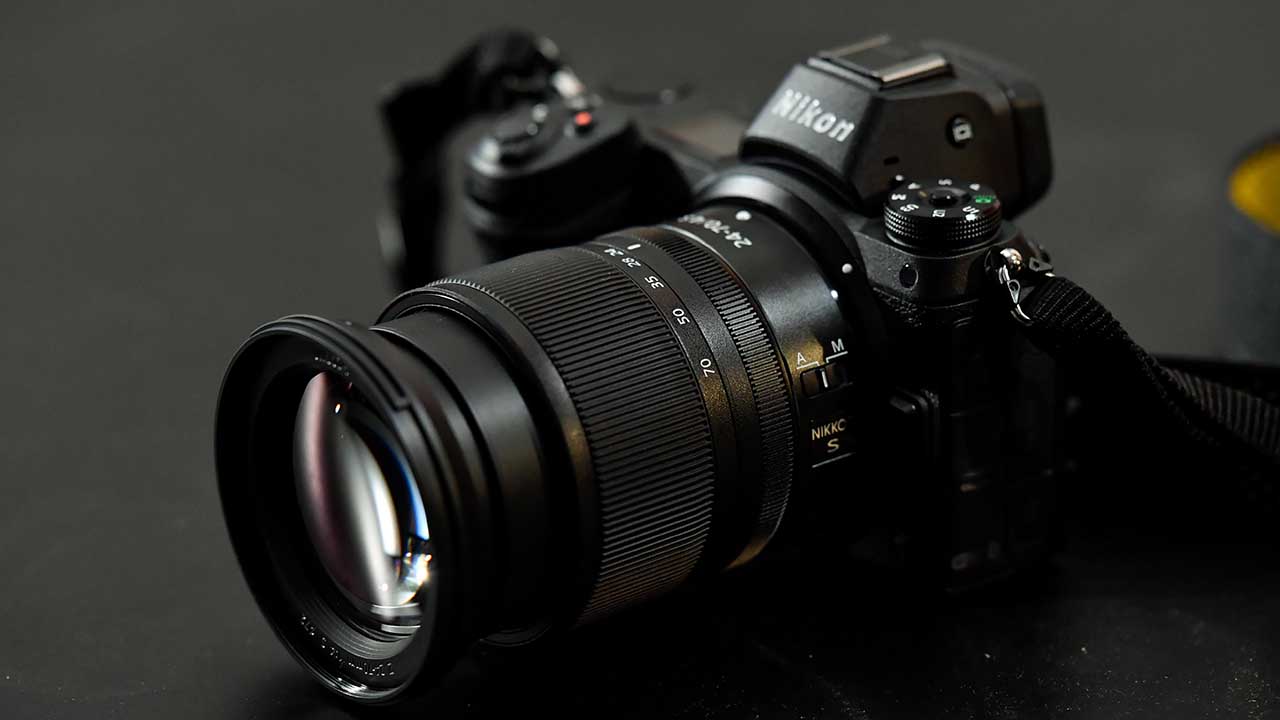
Specification
- Camera type: Full-frame mirrorless camera
- Sensor: Full-frame (FX) 45.7MP backside illuminated (BSI) sensor
- Lens mount: Nikon Z
- Autofocus system: Hybrid with phase and contrast detection
- Phase detection points: 493
- Storage: XQD/CFexpress
- Viewfinder: 0.5-inch 3.69-million-dot electronic viewfinder
- Screen: 3.2-inch 2,100,000-dot tilting touch-screen
- Dimensions (W x H x D): 134 x 100.5 x 67.5mm / 5.3 x 4 x 2.7-inches
- Weight: 675 g / 1 lb. 7.9 oz with battery and memory card but without body cap, 585g/1 lb. 4.7 oz. body only
The Nikon Z 7 has hybrid autofocusing that uses phase and contrast detection. Nikon only uses contrast detection focusing for Live View and video shooting in its DSLRs, so this is a major step for the company.
There are 493 AF points and around 90% of the image area is covered. Nikon DSLR users will find that a huge improvement as it means you can focus very close to the edges of the frame.
In each autofocus mode, Single (AF-S) or Continuous (AF-C), the Z 7 has five AF point selection modes. However, the choice depends on the AF mode. In AF-S mode there’s Pinpoint AF, Single-point AF, Wide-area AF (Small), Wide-area AF (Large) and Auto-area AF. Meanwhile, in AF-C mode there’s Single-point AF, Dynamic-area AF, Wide-area AF (Small), Wide-area AF (Large) and Auto-area AF.
In Auto-area AF, the camera will attempt to detect the subject automatically. However, pressing the OK button reveals a tracking point which can be positioned over the subject. The camera will then attempt to track the selected target around the frame. In AF-C mode it will also adjust the focus if the subject distance changes.
£2299
$3399.00For
- High-quality sensor
- Excellent user interface and control layout
- Weatherproof build
Nikon Z6
Specification
- Camera type: Full-frame (FX) mirrorless
- Announced: 23rd August 2018
- Lens mount: Nikon Z
- Sensor: Full-frame (FX) 24.5Mp backside illuminated (BSI) sensor
- Autofocus system: Hybrid with phase and contrast detection
- Phase detection points: 273
- Viewfinder: 0.39-inch 2,360,000-dot OLED electronic viewfinder
- Screen: 3.2-inch 2,100,000-dot tilting touch-screen
- Dimensions (W x H x D): 134 x 100.5 x 67.5mm / 5.3 x 4 x 2.7-inches
- Weight: 675 g / 1 lb. 7.9 oz with battery and memory card but without body cap, 85 g/1 lb. 4.7 oz. camera body only
The Nikon Z 6 has hybrid autofocusing. This is a change from Nikon’s DSLRs which use a dedicated phase detection sensor for shooting with the viewfinder and contrast detection focusing for Live View and video shooting.
The Z 6 has 273 AF points that cover around 90% of the sensor. As a result, you can focus on areas much closer to the edge of the frame than you can with a DSLR. This means you don’t have to use the focus-and-recompose technique. In addition, you can track subjects around more of the imaging frame.
Like the Z 7, the Z 6 has five AF point selection modes. However, the choice changes a little depending upon whether you are In Single AF (AF-S) or Continuous AF (AF-C) mode. In AF-S mode you have the choice of Pinpoint AF, Single-point AF, Wide-area AF (Small), Wide-area AF (Large) and Auto-area AF.
Switch to AF-C mode and you’ll find Single-point AF, Dynamic-area AF, Wide-area AF (Small), Wide-area AF (Large) and Auto-area AF available.
In Auto-area AF, the camera attempts to detect the subject automatically. If you press the OK button a tracking point becomes visible. You can then move this over the subject, press OK again, and the camera will attempt to track it around the frame. This operates in both AF-S and AF-C mode but it only adjusts the focus in AF-C mode.
£2079
$1996.95For
- Superb quality images
- Excellent weather-sealing and build quality
- Growing range of very high-quality lenses
Canon EOS R
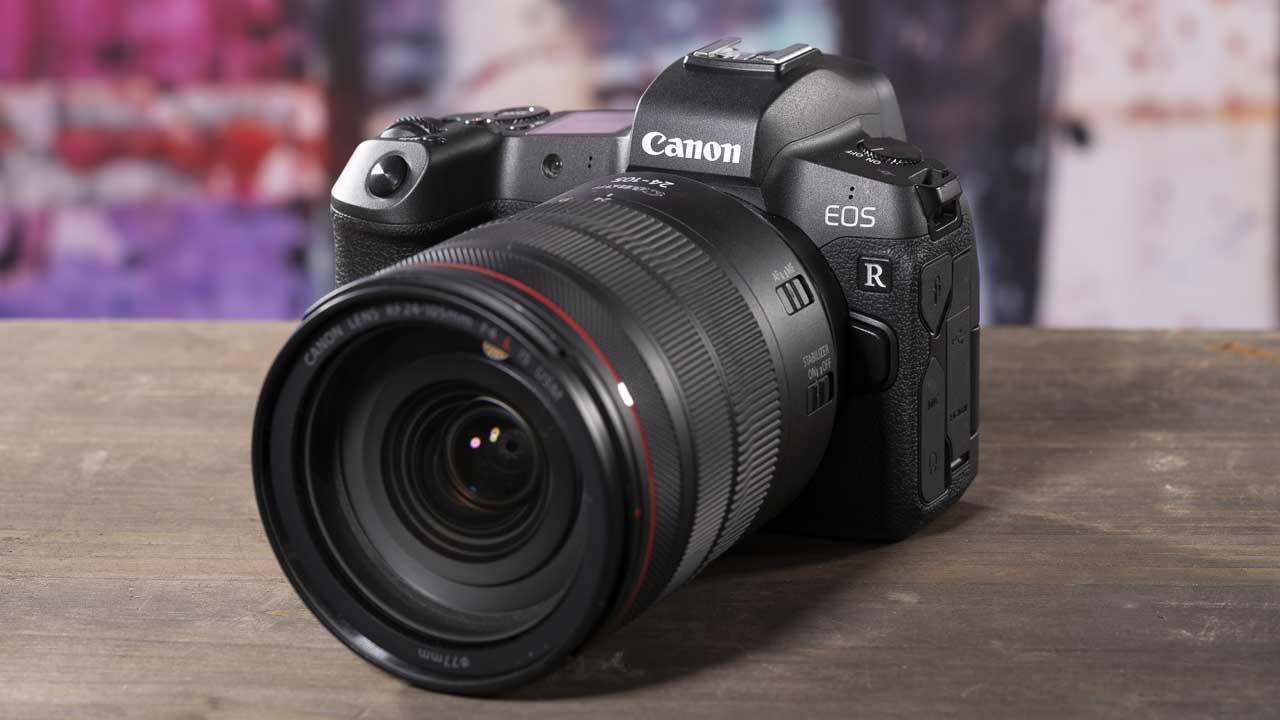
Specification
- Camera type: Full-frame mirrorless
- Announced: September 2018
- Sensor: 30.3-million-pixel full-frame CMOS
- Viewfinder: 0.5in, 3.69-million dot electronic viewfinder
- Screen: 3.15-inch 2.1-million dot vari-angle touchscreen
- Autofocus system: Dual Pixel CMOS phase detection with 5,565 points
- Sensitivity range: ISO 100-40,000 (expandable to 50-102,400)
- Shutter speed range: 30-1/8000sec, bulb
- Maximum continuous shooting rate: 8fps continuous shooting, 5fps with AF tracking
- Key video specifications: 4K/30P video with 1.7x crop factor, 4:2:2 10-bit HDMI output, 3.5mm mic and headphone ports
- Storage: Single SD/SDHC/SDXC UHS-II card slot
- Battery: LP-E6N rechargeable Li-ion Battery
- Dimensions: 135.8×98.3×84.4mm
- Weight: 580g (body only), 660g (body with card and battery)
Unsurprisingly, the EOS R’s autofocus system is Dual Pixel CMOS AF. That means there’s phase detection focusing. What’s more, the EOS R boasts 5,655 AF positions, as Canon is calling them. These are all user-selectable and cover 100% of the frame vertically and 88% horizontally.
What’s more, Canon claims the EOS R’s AF system is sensitive down to -6EV. That means it should focus in near darkness. In addition, the Digic 8 processing engine enables Canon to claim that the R has the World’s fastest AF system. Focus acquisition is said to take just 0.05secs.
Eye AF is also present, but only in Single AF mode, not in continuous focusing mode.
£1599
$1799For
- Excellent touch-control
- Good AF system
- High-quality electronic viewfinder
Canon EOS RP
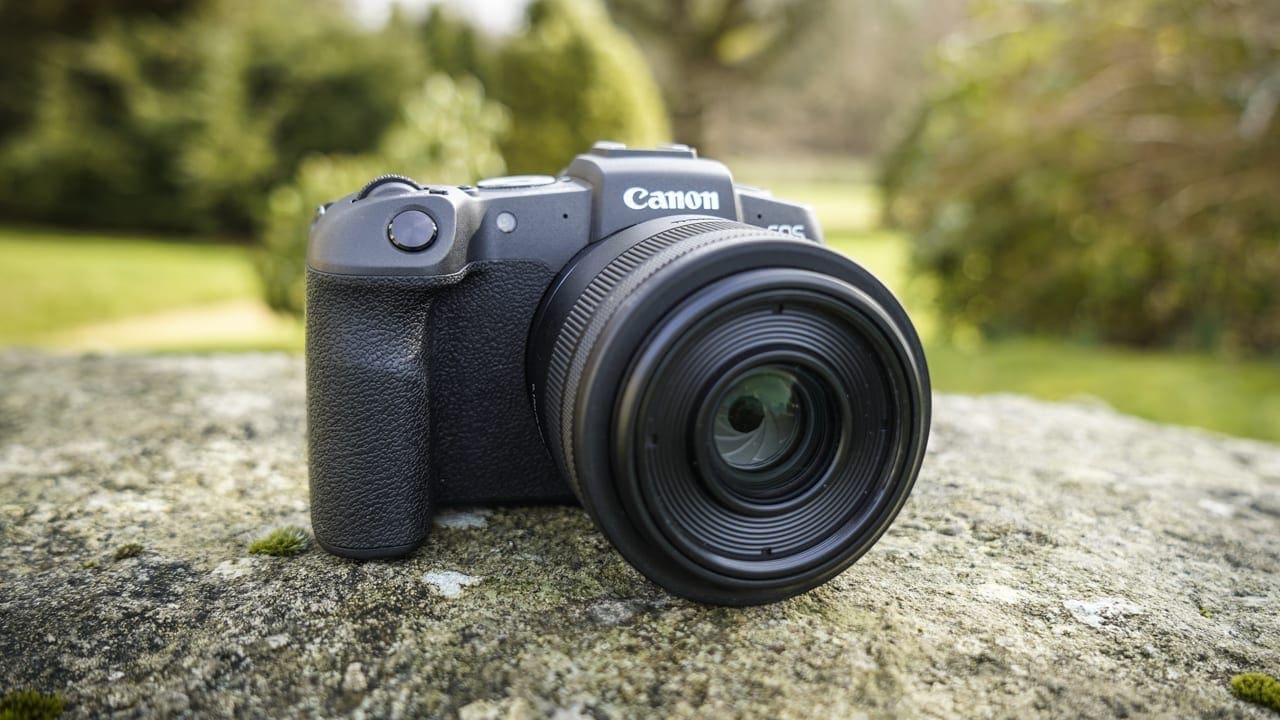
Specification
- Camera type: Mirrorless
- Announced: February 2019
- Lens mount: RF
- Sensor: 26.2Mp full-frame (35.9 x 24mm) CMOS
- Processing engine: Digic 8
- Autofocus system: Phase detection using Dual Pixel CMOS AF with 4,799 focus positions
- Sensitivity range: Stills: ISO 100-40000 expandable to ISO 50-102400, Video: 4K Auto: 100-12800, H2: 102400, Full HD/HD - Auto: 100-25600, H2:102400
- Maximum continuous shooting rate: 5fps until card full with Jpegs or 50 raw files or 4 fps with AF Tracking
- Key video specifications: 4K (3840 x 2160) at 25/23.98fps, Full HD (1920 x 1080) at 59.94/50/29.97/25fps)
- Viewfinder: 0.39-inch 2.36-million-dot OLED
- Screen: Vari-angle 3-inch Clear View LCD II touchscreen with 1.04 million dots
- Dimensions (WxHxD): 132.5 x 85.0 x 70.0mm
- Weight: 485g with memory card and battery
Canon has given the EOS RP an impressively-well specified autofocus (AF) system. As you’d expect with Canon, the imaging sensor is a Dual Pixel CMOS AF device, which means that the focusing uses phase detection. That’s usually faster than contrast detection.
The Dual Pixel design means that every photoreceptor is split in two so they can all play a part in focusing. There are 4,779 user-selectable AF points which cover 88% of the width and 100% of the height of the frame.
According to Canon, the RP’s AF system is operational down to -5EV when using an f/1.2 lens. That’s 1 stop behind the EOS R, but impressive nevertheless.
Face and Eye detection is also on hand and the Eye detection works with continuous AF.
£1049
$999For
- Compact full-frame body
- Vari-angle touchscreen
- Attractively priced
Panasonic S1, S1R
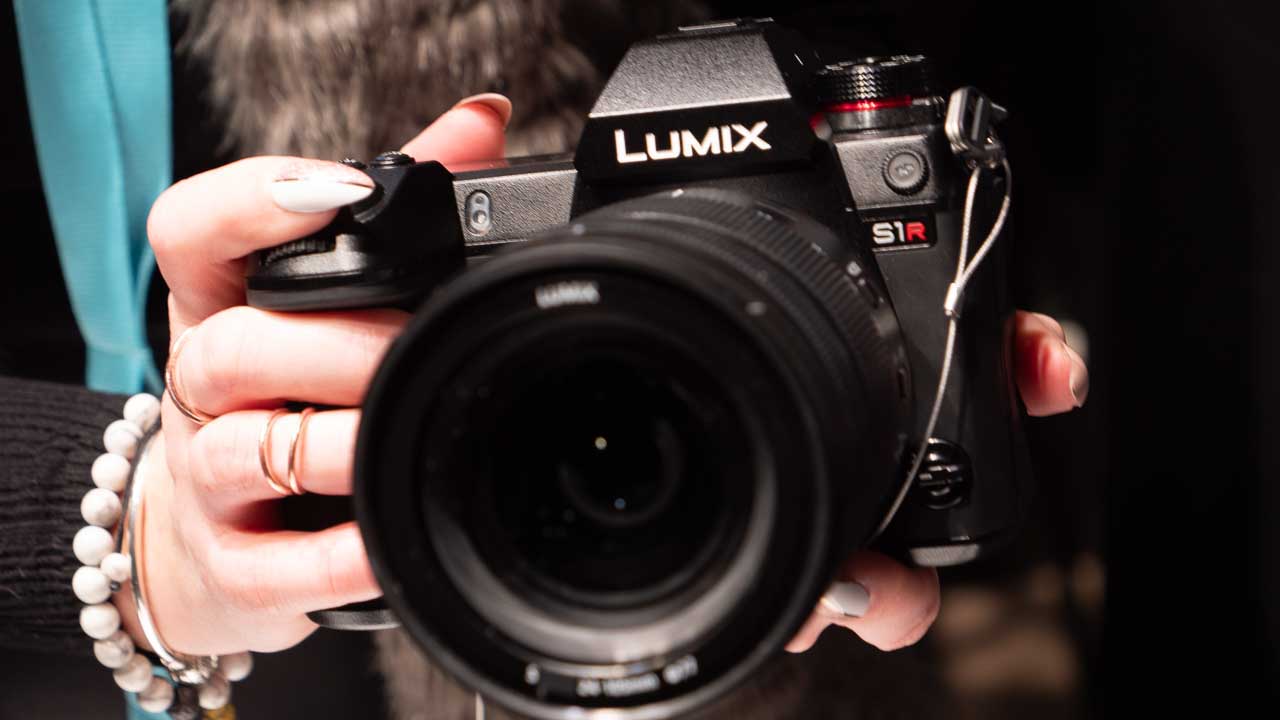
Specification
- DFD contrast AF points: 225
As with the S1 and its Micro Four Thirds cameras, Panasonic has used a contrast detection autofocus (AF) system in the Lumix S1R. This is claimed to have an impressively wide working range of -6Ev to 18Ev.
The AF system draws on the company’s Depth From Defocus (DFD) technology to speed the focusing. Combined with the high-speed communication afforded by the Lumix S series lenses, it delivers a claimed focus acquisition time of 0.8sec.
Artificial Intelligence is all the rage in photography at the moment, and Panasonic has employed it to help the S1 and S1R identify humans, cats, dogs and birds. Once the camera has identified one in the scene, it can focus on it.
Helpfully, you can press the joystick on the back of the camera to toggle through identified objects to select the one you want to focus on.
There are nine AF point selection modes on the S1: Face/Eye/Body/Animal Detection, Tracking, 225-Area, Zone (Vertical/ Horizontal), Zone (Square), Zone (Oval), 1-Area+, 1-Area and Pinpoint. I found 1-Area and 1-Area+ the most reliable.
However, the Face/Eye/Body/Animal Detection system does a good job of spotting those subjects in a scene. That’s indicated by a white box around them. A yellow box indicates the focus area. This is useful when there are several faces in the scene, you can just tap the one that you want to be the focus point to move the yellow box.
Fujifilm GFX 100
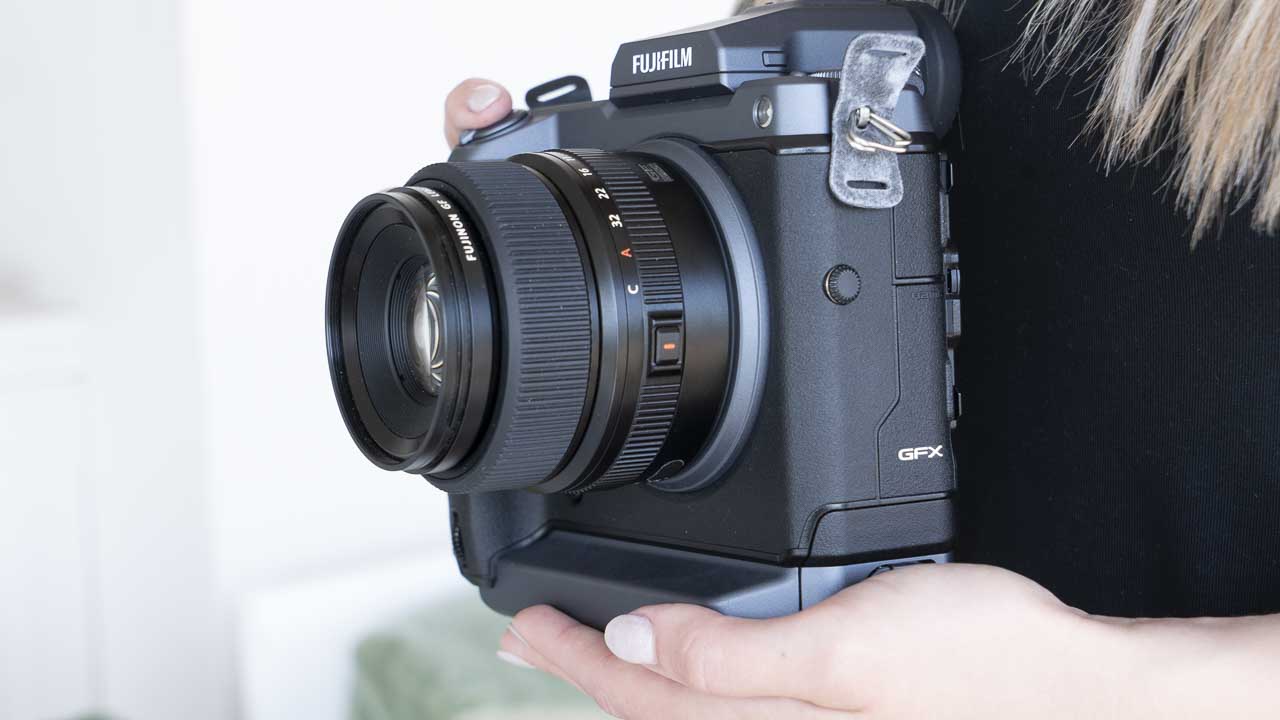
Specification
- Camera type: Medium format mirrorless
- Announced: June 2019
- Phase detection AF points: 3.67m
- Sensor: 102Mp Medium format (43.8 x 32.9mm) CMOS with Bayer colour filter array
- Lens mount: Fujifilm G
- Autofocus system: Intelligent Hybrid AF (contrast AF / phase-detection AF) with up to 425 selectable AF points
- Viewfinder: 0.5-inch 5.76million-dot OLED
- Screen: 3-direction tilting 3.2-inch 2.36million-dot touchscreen
- Continuous Shooting: 10fps for up to 58 Jpeg and 25 raw files with UHS-II card with the viewfinder. In Live view mode, up to 11fps with One-Shot AF or 7fps with Servo AF
- Sensitivity range: Stills: ISO 100-12,800 expandable to ISO 50-102,400, Video: ISO 200-12,800 expandable to 50-25,600
- Max video resolution: 4K (4096×2160) 29.97p / 25p / 24p / 23.98p 400Mbps/200Mbps/100Mbps up to Approx. 60min.
- Storage: SD/SDHC/SDXC UHS-II
- Dimensions: 156.2mm x 163.6mm x102.9mm (inc EVF)
- Weight: 1,400g including EVF, 2x battery & memory card
The Fujifilm GFX100 was Fujifilm’s third digital mirrorless medium format camera and the first to feature a 102Mp sensor. It was also the first-ever medium format camera to feature in-body image stabilisation (IBIS).
Astonishingly, a firmware update introduced Pixel Shift Multi Shot mode which enables the GFX100 to shoot a sequence of 16 images which are then composited into one 400Mp image using Fujifilm’s free Pixel Shift Combiner software to create a 400Mp image.
Although the GFX100’s sensor has a Bayer pattern colour filter array, it otherwise uses the same technology as the sensor in the Fujifilm X-T3. That means it has Fuji’s Intelligent Hybrid AF system that combines contrast detection with phase detection. What’s more, the phase-detection points cover virtually the whole frame and there up to 425 points available for selection.
Like Fujifilm’s X-Series cameras, the Fuji GFX 100 has Single point, Zone AF and Wide/Tracking AF options. In Single Point AF mode the focus point array can be switched between a 13×9 (117) and 25×17 (425) grid of points. There are also 6 sizes of AF point available. Similarly, in Zone AF mode the size of the zone can be changed so it covers 3×3, 5×5 or 7×7 of the 117 areas on a 13×9 grid.
Also, the customisation options that are available in cameras like the X-T3 are available on the GFX 100 in continuous autofocus (AF-C) mode.
In addition, Fujiifilm has improved the Face & Eye detection and tracking. Plus, it’s possible to switch between the detected faces to ensure the right target is used for focusing.
Thanks to the new sensor design and processor, Fujifilm is claiming a 500% improvement in the AF performance in comparison with the GFX 50S.
£9999
$9999.95For
- Stunning images
- Excellent autofocus system
- Superb stabilisation system
Fujifilm X-T30
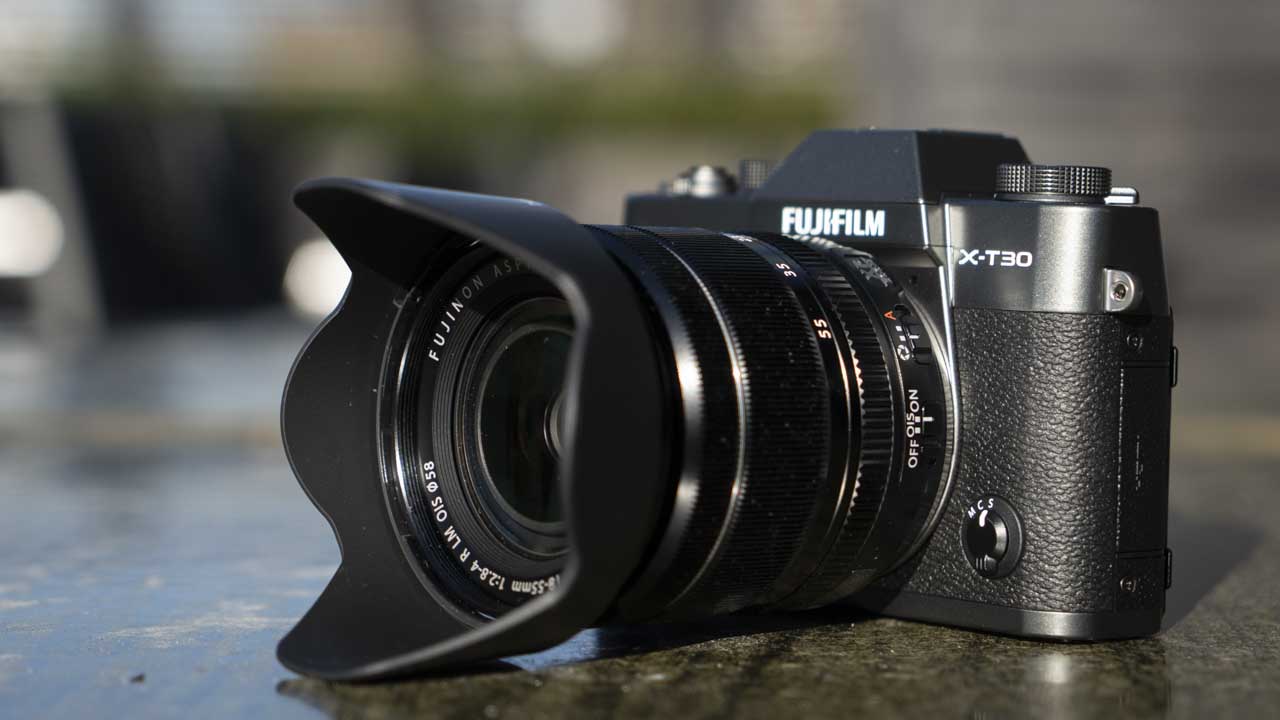
Specification
- Camera type: APS-C format mirrorless
- Sensor: 23.5mm×15.6mm (APS-C) X-Trans CMOS 4
- Lens mount: Fujifilm X
- Autofocus system: Intelligent Hybrid AF (TTL contrast AF / TTL phase detection AF)
- Phase detection AF pixels: 2.16m
- Viewfinder: Electronic 0.39 inch approx. 2.36 million dots OLED Colour
- Screen: 3.0-inch 1.04 million dots touchscreen with 100% coverage
- Dimensions (WxHxD): 118.4 x 82.8 x 46.8mm / 4.66 x 3.26 x 1.84-inch
- Weight: 383g / 13.5 oz. including battery and memory card, 333g / 11.8 oz body only
One of the big upgrades with the Fuji X-T30 over the X-T20 is that it enables a better AF system. For instance, there are 2.16 million pixels used for phase detection autofocusing rather than 0.5 million. This gives 100% coverage with AF points.
Each AF point also benefits from 4x as much data.
According to Fuji, this, the new processing engine, an improved algorithm and the BSI design of the sensor combine to make the AF system sensitive down to -3EV.
Fujifilm has also worked on the Face & Eye Tracking system. It’s now faster and more stable than the X-T20’s. The X-T30’s exposure is less likely to fluctuate when a face is detected.
In addition, smaller or more distant faces can be detected. Previously a face needed to occupy at least 10% of the vertical space. The X-T30 can detect faces that take-up just 7% of the space.
As before, there’s a menu section dedicated to customising the continuous Autofocus (AF-C) settings. This doesn’t offer quite as much control as the X-T3, but it’s a nice feature to have. There are 5 preset options that let you tailor the camera’s AF response.



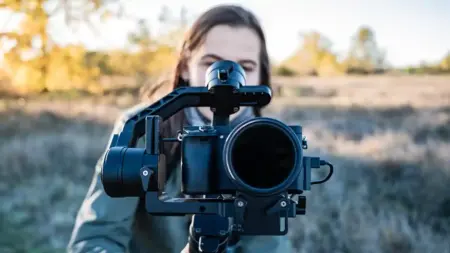
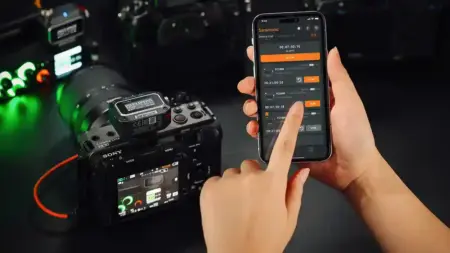
Leave a Reply